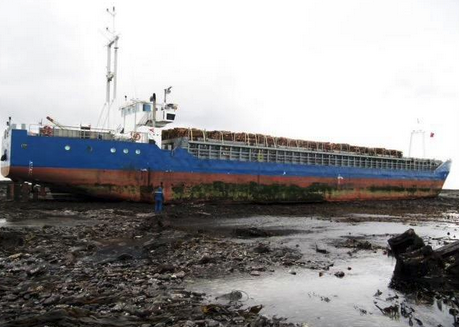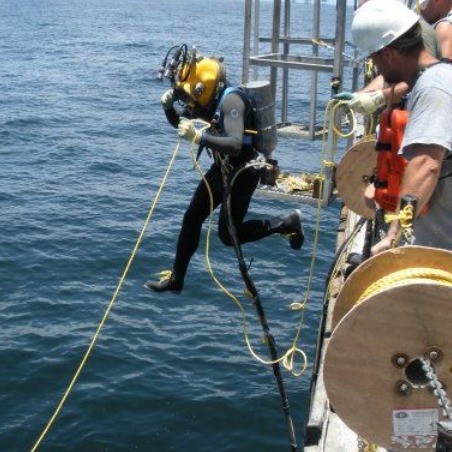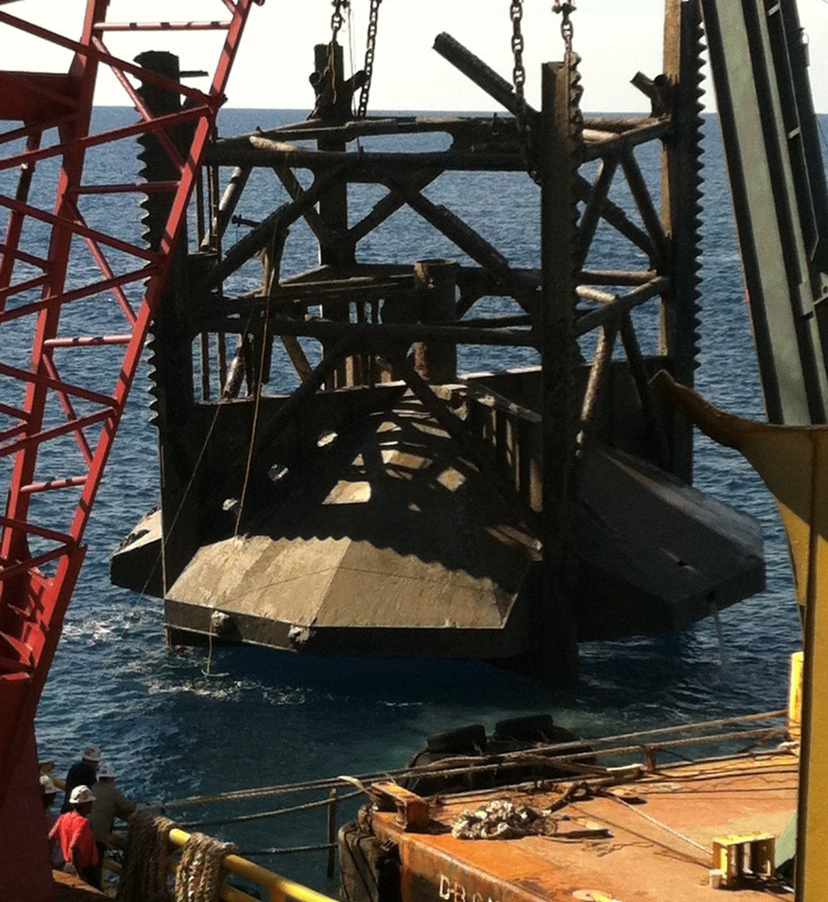Commercial divers can trace their professional roots back to one task: salvage. From the ancient Greeks in the Mediterranean to the salvage firms operating across the U.S., salvage divers are connected to a legacy that spans industries and entire societies. However, the requirements associated with this work have changed as the maritime industry as a whole has matured. Today, every registered depth draft vessel must have a professional salvage firm as part of its response plan.
An essential element of that maturation is connected to the efforts of domestic salvage firms that have embraced innovation in ways that have changed the business. Some of that is due to the variety of skills that are required in this field, as salvage divers need to be experts in demolition, rigging, welding and underwater burning. Their understanding of naval architecture allows many to develop an innate sixth sense of the effects of fluid dynamics, both inside and outside of the vessel.
That level of insight is why protection and indemnity clubs (P&I) count on major salvage firms like Resolve Marine, Donjon Marine, Teichman Group and Global Diving and Salvage. The scope and complexity of these organizations' daily work highlight the kind of talent and innovation that is driving the entire industry forward.
A high level of innovation
Sean Mai has been a commercial diver since 2008. Work in the offshore oil and gas subsector and inland construction prepared him for his current role as a salvage diver for Resolve Marine, where every day brings something new.
“What’s unique about salvage is that it's way more unstructured (than typical marine construction or the offshore oil and gas),” Mai said. “We’re often called at the worst time under the worst conditions and the salvage team is expected to work through the issues to make the salvage happen.”
In his current role, Mai might get a call to head offshore in the dead of winter, or he might be part of a crew of divers that have been contracted to refloat and tow a mega yacht. Smaller projects associated with cleanup from collisions and hurricanes also pop up all the time. Certain projects are especially unique though, and his work on the Battleship Texas certainly qualifies.
In late 2022, the iconic battleship began a much-needed overhaul for restoration. Prior to the transit from Galveston to the shipyard, Mai was part of the team of salvage divers contracted to shore breached bulkheads and ensure the hull was seaworthy enough to tow. Though not a traditional salvage operation, the shoring and patching methods employed are identical to those used for submerged or grounded ships.
Every job in salvage is different, but there are similarities across projects and tasks, which is something Justin Meador, project manager with Crowley, has seen and experienced.
“The salvage industry requires a high level of innovation,” Meador said. “The salvors must deal with very stringent environmental requirements yet also contend with a host of variables that include, weather, tides, and diving safety in general.”
Meador’s 25-year career is connected to innovation across the industry, as he has held positions that include safety specialist and general manager of underwater services while at Titan/Ardent Salvage, and senior captain of internal training for the Port of Houston Fire Department. He currently coordinates marine crew and dive personnel for various projects but has participated in high-profile salvages that included the Costa Condoria and M/V Ocean Breeze and M/V Danio.
The same ingenuity and grit that fueled his many successes were on full display when he tackled the daunting task of freeing the Danio, stranded on the rocky shores of the Farne Islands in Scotland.
“The Danio was hauling Scottish timber when it went hard aground off the Farne Islands,” Meador told Workboat.com. “The structural integrity was so compromised that bulkheads would flex during the changing of tides, so we used the timber cargo to create internal shoring to strengthen her until we could tow her to port."
It took several cold days of working and waiting for the perfect high tide to set the rigging before the Danio was freed and towed from the shallow rocky shoreline to Newcastle, UK. He continues to keep his diving qualifications up-to-date, and his captain's license remains valid, showcasing a level of commitment that others display in different ways.

No job is the same but...
Managing dive projects for Global Diving and Salvage in Seattle, Logan Gaylord’s nearly two decades in commercial diving have been spent primarily with salvage companies. He’s ready to do another two decades and beyond in this space on account of the variety that he sees on a daily basis.
“I love the challenge of salvage as each project presents its own unique challenges,” Gaylord said.
Those unique challenges are evident in one of his first projects as a salvage diver that occurred in 2011 as a result of Hurricane Gustov. Bisso Marine was contracted to cut in place a drill rig that had sunk in 130' of water of the coast of Louisiana. Utilizing heavy lift cranes and a chain-cutting pulley system, divers needed to utilize an underwater oxygen and magnesium cutting torch to carve out a patch to route the cutting chains through the rig’s hull. The chains were set in motion with the pulley system and the friction from the chain cut the steel hull into pieces as the links traveled back and forth throughout the hull. The downed rig was then heavy-lifted in massive pieces upon a barge and taken to the scrap yard.
Eight years later, Gaylord encountered a whole new set of unique challenges when he was the primary dive supervisor for the salvage of the M/V Golden Ray, the largest domestic U.S. salvage operation. The salvors dealt with a multitude of variables, including 70' water depth, 1-3 knot tidal currents, a 600' vessel, and the eyes of the USCG on every part of the operation. Though the situation was unique, the manual path-burning for cutting cable that ended up defining the project mirrored Gaylord's 2011 experience, highlighting the distinct yet interconnected nature of every salvage project.
“No job is the same, but they do start to rhyme over time,” said Joe Farwell III, CEO of Resolve Marine and a second generation salvor.





